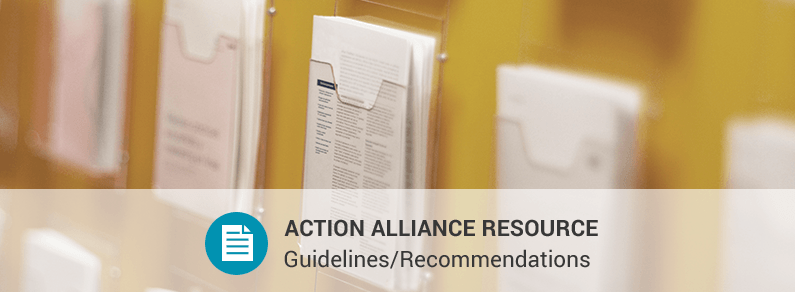Developed by the Kern County (CA) Mental Health Department (now Kern Behavioral Health and Recovery Services), The Survivor Outreach Team Training Manual serves as a resource for how to develop and implement a survivor outreach team. The survivor outreach team is made up of of trained survivors who visit and provide support to families and loved ones who have recently lost someone to suicide. The manual includes:
- Step-by-step instructions for developing necessary community partnerships to help support a survivor outreach team.
- Specific procedures on how to implement a survivor outreach team
- Instructions on how to recruit and train survivor outreach team volunteers.
- Customizable survivor outreach team program templates (e.g., volunteer confidentiality agreement and feedback survey)
Program Objectives
Users of the Survivor Outreach Team Training Manual will acquire:
- Knowledge of how to set up a Survivor Outreach Team; and
- Knowledge of how to train volunteers to do survivor outreach.
Implementation Essentials
- Familiarity with local support groups and other resources for survivors of suicide loss.
2012 NSSP Objectives Addressed:
Objective 10.1: Develop guidelines for effective comprehensive support programs for individuals bereaved by suicide and promote the full implementation of these guidelines at the state/territorial, tribal, and community levels.


